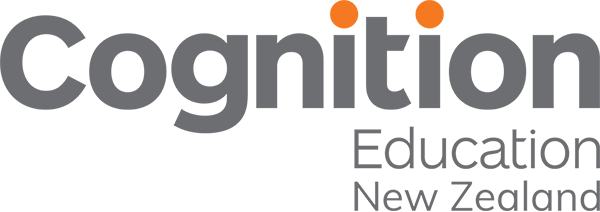In recent years, a buzzword has been circulating within education circles: structured literacy. From educators and policymakers to parents and advocates, structured literacy has become a focal point of discussion, sparking conversations about its efficacy in teaching literacy skills, especially to struggling readers.
But why all the chatter about structured literacy? Let’s dive into the reasons behind its growing popularity and the impact it’s making in the realm of education.
Evidence-Based Excellence
Structured literacy isn’t just a passing trend; it’s firmly grounded in research and evidence-based practices. Studies conducted in recent years have highlighted its effectiveness in teaching reading, particularly to individuals with dyslexia and other learning challenges (Shaywitz, 2018). This evidence-backed approach has caught the attention of educators and stakeholders who are searching for proven methods to enhance literacy outcomes.
A Beacon for Dyslexia
Dyslexia, a common learning difference affecting reading and language processing, has long been a challenge in education. Structured literacy offers a beacon of hope for dyslexic learners by providing systematic, explicit instruction in crucial literacy skills like phonemic awareness, phonics, decoding, and spelling (Torgesen et al., 2019). Its tailored approach addresses the specific needs of dyslexic students, empowering them to overcome reading barriers.
Fostering Equity and Inclusion
Structured literacy advocates champion its role in promoting equity and inclusion in education. By providing effective reading instruction to students of all backgrounds and abilities, structured literacy ensures that no learner is left behind. This inclusive approach aligns with the broader goals of creating diverse and equitable learning environments.
Tackling the Literacy Crisis
Across the globe, concerns are mounting over literacy levels among both children and adults. Structured literacy emerges as a promising solution to this literacy crisis. Recent research has highlighted its effectiveness in addressing the diverse needs of learners, fostering a culture of literacy excellence in schools and beyond (Kilpatrick, 2019).
Empowering Educators Through Professional Development
Recognising the potential of structured literacy, educators are eager to enhance their teaching practices through professional development in this approach. As demand grows for structured literacy training and resources, educators are empowered to transform their classrooms into vibrant hubs of literacy learning.
Policy and Legislative Implication
Structured literacy isn’t just a classroom strategy; it’s making waves in policy and legislation. Some regions are integrating structured literacy principles into educational frameworks, signalling a shift towards evidence-based approaches to literacy instruction at a systemic level.
In conclusion, the rise of structured literacy signals a pivotal moment in education—a moment where evidence-based practices take centre stage in the quest to unlock literacy for all learners. By embracing structured literacy, we pave the way for a future where every individual has the tools they need to read, learn, and thrive.
Structured literacy isn’t just a teaching method; it’s a movement—one that’s shaping the landscape of literacy education for generations to come.
Read more on Structured Literacy
References:
Kilpatrick, D. A. (2019). Equipped for Reading Success: A Comprehensive, Step-by-Step Program for Developing Phonemic Awareness and Fluent Word Recognition. John Wiley & Sons.
Shaywitz, S. (2018). Overcoming Dyslexia: A New and Complete Science-Based Program for Reading Problems at Any Level. Vintage.
Torgesen, J. K., Houston, D. D., Rissman, L. M., & Kosanovich, M. L. (2019). Structured literacy instruction: A focus on reading fluency. Annals of Dyslexia, 69(3), 319-336.

